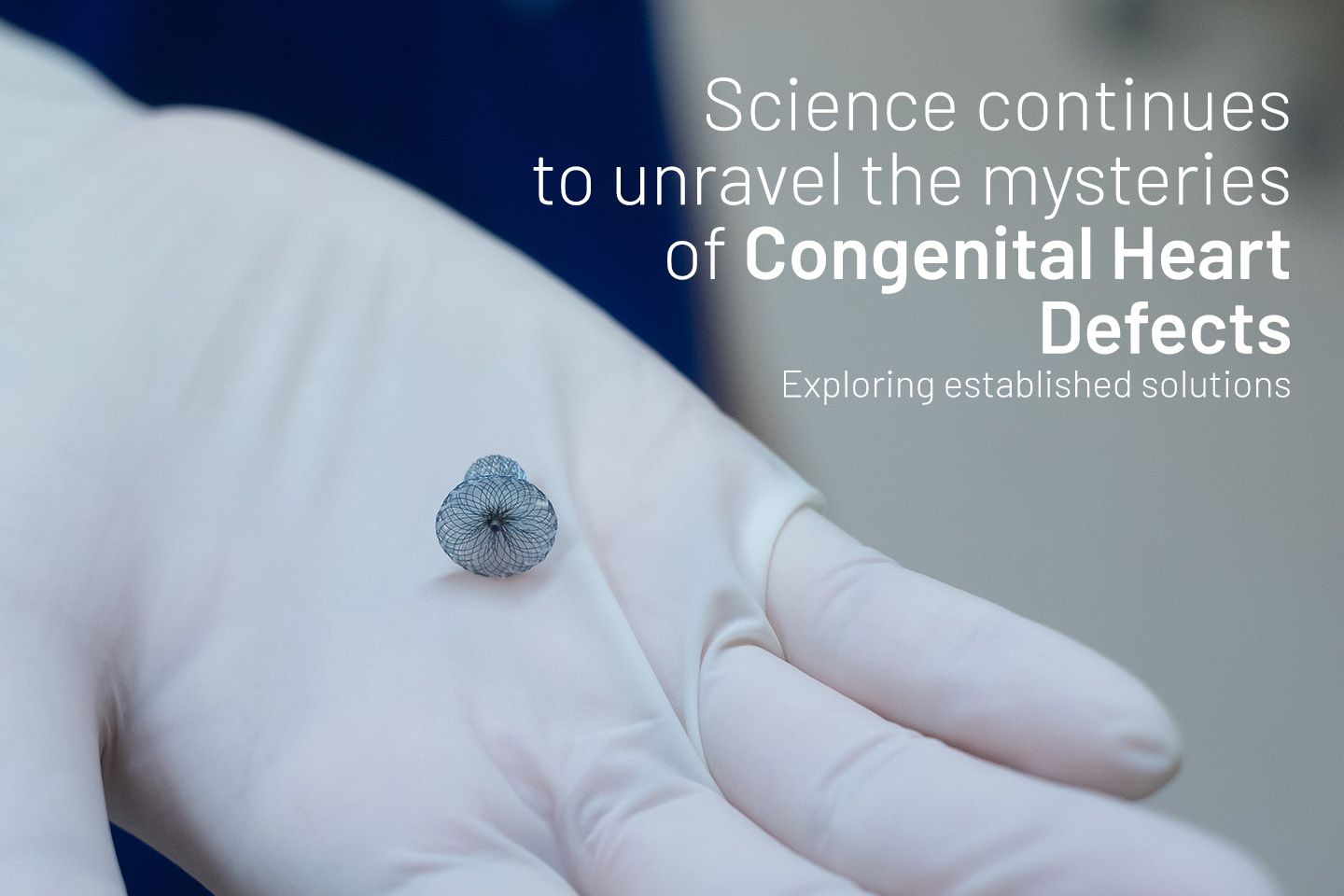Medical Devices
Knee Replacement : Myths and Facts

Myths are the widely accepted ideologies that are popularly followed but lack scientific value and evidence. In every medical culture, especially in the orthopaedic segment, there exist various myths that have no scientific basis and are followed as misconceptions.
This blog focuses on creating awareness about these myths, explaining the reality behind those and critically evaluating those practices and beliefs that are devoid of scientific backing.
Myth 1: Knee replacement surgery’s success rate is very low
People are under a misconception with regards to knee replacement surgery that its success rate is very low. However, the fact is that the success rate and subsequent recovery rate is actually 98%. The success rate depends upon the efficiency with which the surgery is performed, post-surgery care, physiotherapy and diet modifications as prescribed by the orthopaedic surgeon and dietician.
Myth 2: Knee replacement surgery is extremely painful
Talking about any surgical procedure, the pain will exist immediately post the surgery. However, this is termed as surgical pain and is completely healed over a period of time with constant physiotherapy and exercises. All patients have a smooth recovery after a knee replacement surgery by following daily routine and medications recommended by the doctor.
Myth 3: Knee replacement surgery lasts only for 5-7 years
This is not true. According to proven studies, the knee replacement surgery lasts for 15 years on an average. However, the durability of knee replacement surgery would greatly depend on the type of implant used for surgery and post-surgical care. In most cases, the knee replacement surgery practically lasts for more than 20 years. Ideally, the durability of the knee replacement surgery will increase up to even 30 years by using some special implants undergoing lesser wear and tear. For instance, Meril’s Cobalt chrome (CoCr) knee implants are used for knee replacements. Meril’s OPULENT BIONIK GOLD KNEE. It comprises a TiNbN coating with the least wear property, which is 40% lesser than regular CoCr, the hardest surface (8 times harder than CoCr), 2 times stronger than other implants of similar category and the most biocompatible non-allergic surface material.
Myth 4: Replacing both the knees at one time is very difficult.
No! in fact replacing both knees at one time is more advantageous to the patient in many ways. For instance:
- Lesser time spent in the hospital
- Surgical pain ends at the same time and recovery is similar for both knees
- Complete physiotherapy course is done for both the knees at one time
- Cost benefits of reducing surgery expense
Myth 5: Running is bad for the knees
It is been widely and wrongly said that runners have a predisposition for osteoarthritis of the knee. Osteoarthritis is a degenerative condition and is so common that designating running to be its cause will require detailed comparative studies. Prolonged running may cause problems such as iliotibial band syndrome and patellofemoral pain syndrome, however they are temporary in nature and can be prevented. There is absolutely no scientific evidence that states running is harmful for the health of knees. To avoid knee pain after running, it is suggested to avoid hard surfaces, hills, and make use of proper running footwear. At later ages, it would be better to get examined by an orthopaedic surgeon to rule out pre-existing knee conditions.





